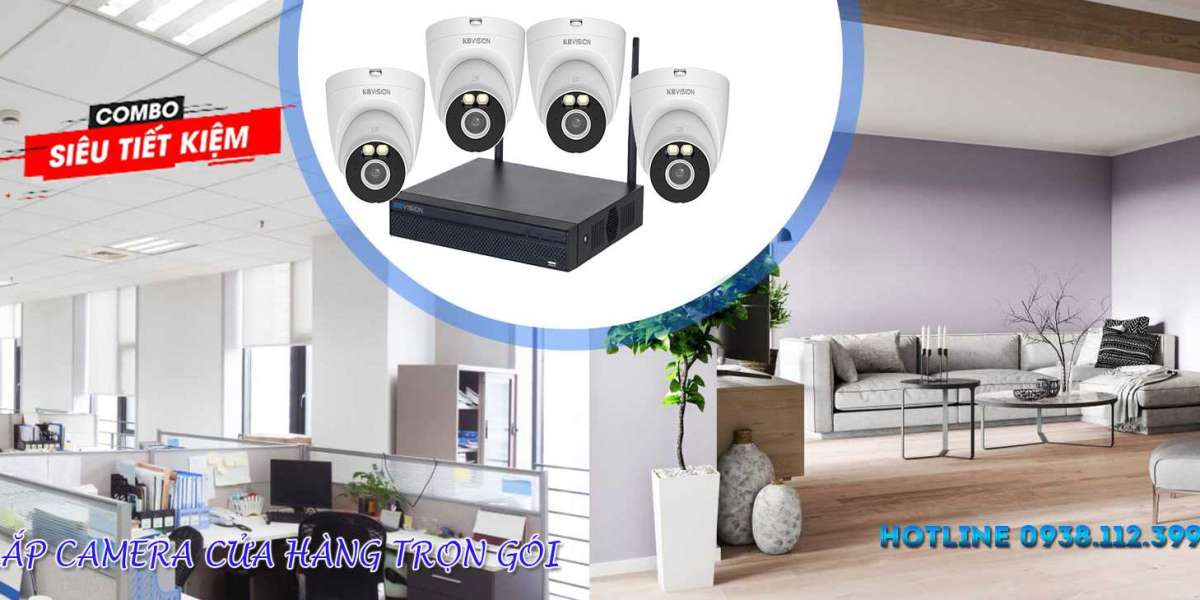Polyimide Film for Harsh Applications
Dunmore offers coating, metalizing, laminating and perforating services for polyimide film. Dunmore can provide additional functionality through engineering and converting to meet particular physical requirements for mechanical, electrical, temperature and chemical properties not inherent to standard polyimide film. Dunmore is one of the leading converters of polymide film in the world.
Polyimide Film Industries and Applications
Polyimide film is typically used in industries such as:
Aerospace - The Kapton? film is converted and layered together to make multi-layer insulation.
Automotive / Industrial - Polyimide films have excellent mechanical, electrical, temperature and chemical resistance making them optimal for demanding industries where performance is critical or harsh exposure conditions exist.
Electronics - Polyimide film is the optimal substrate for high temperature applications like the electronics industry.
Labeling - Polyimide film, with the right printable coating applied, makes an excellent choice for labels used in harsh environments.
Polyimide film is used in applications where reliable, durable performance is required, often in harsh environments. It also can be engineered and converted to meet particular physical requirements for mechanical, electrical, temperature and chemical properties.
What is Polyimide Film?
Polyimide films are used in applications where reliable, durable performance is required, often in harsh environments. Polyimide film is a lightweight, flexible polymer based material that has excellent heat and chemical resistant properties. Polyimide film can withstand temperatures ranging from -269° C to 400° C. In addition to excellent heat resistance properties, polyimide film also has excellent dielectric properties. Typical applications for polyimide film include multi-layer insulation blankets for space, flexible electronics, tapes, and various other high heat applications.
High Temperature Adhesive Polyimide Tape
Adhesive Polyimide Tape offers a combination of benefits. It is a high voltage insulation tape made of thin polyimide film. It is coated on one side with a silicone pressure sensitive adhesive which allows it to bond well to most surfaces and materials. The use of a silicone based adhesive is critically important as it allows Polyimide Tape to offer one of its greatest benefits; high temperature resistance.
This tape can withstand continuous exposure to temperatures up to 200°C, whilst still maintaining dielectric performance (actual mechanical maximum temperature rating is a little higher). When you combine this high temperature tolerance with its all-round adhesive performance, thin and highly conformable construction, solid polyimide film and economic price, you have a tape that can be used in a variety of areas.
Example Applications for Adhesive Polyimide Tape
Insulation of coils in electric motors.
Fastening heating elements.
Insulation for capacitors.
Masking for powder coating.
Bed surface for 3D printing with ABS.
Slot liner insulation.
Insulating and fastening flexible PCBs.
Magnet wire and cabling.
Interlayer insulation in motors and transformers.
Some of the many names we’ve heard over the years for this tape is Kapton Tape, adhesive Kapton, sticky Kapton and that sticky brown tape. With the possible exception of that last one, this is understandable but it is not technically correct.
Just to be clear, our Adhesive Polyimide Tape is not Kapton Tape. It is an excellent high temperature electrical insulation and masking tape with a range of benefits and we are happy to stand behind it without calling it something it is not.
A Transparent Polyimide Film as a Biological Cell Culture Sheet with Microstructures
In recent years, the research on stem cell cultures has been actively performed in order to generate cell populations for the functional recovery of human body parts lost by illness or injury. Polymer materials have attracted attention in this field because they have biocompatibility, good mechanical properties, and outstanding moldability. Moreover, polymers are flexible and cheap when compared to glass materials. Polymer materials are often used as cell culture sheets, and polymer substrates with fabricated microstructures have been reported to support the culture of biological cells. Polymer materials in the form of elastomeric gels, porous bodies, films, and particles are suitable substrates for a biomatrix, and can be applied for the culture of complex living systems. In particular, the porous scaffold fabricated on the cells culture substrate promotes cell growth and survival and reproduces the three-dimensional environmental microcosm that is normally present in the living body. These reports show that the cell culture is greatly influenced by the fabricated structure. Moreover, the porous scaffold has to have a structure that is appropriate for the intended purpose; the scaffold system has to have a small surface so that the seeding density of cells is at maximum.
Culture systems in which osteoblasts were grown in a straight-line structure made of PI, whose width and depth were 5 μm have been reported. In this report, the substrate material used was PI alone and the fabricated structure was a linear shape. The culture of stromal marrow cells (OP9), interstitial cells generated from bone marrow, has been attracting research attention. This is because stromal marrow cells enhance growth factor production, and support multiplication and specialization of hematopoietic stem and precursor cells. Use of these cells has been applied through tissue engineering to generate blood and bone progenitors.
It is anticipated that fabricating fine structures and controlling the growth of different stem cells will allow the generation of sufficient cell populations for use in research or in the clinic setting. To this end, we thought to fabricate and evaluate a fine polymer-based structure in which cells can successfully align and proliferate. Polyimide (PI) has superior heat resistance, mechanical strength, and chemical stability. Therefore, PI is expected to withstand the high temperatures required for the sterilization process. PI-based microstructures have already been shown to be transferable by hot embossing and are therefore suitable for microelectromechanical systems (MEMS) fabrication processes. However, conventional PI is not transparent and has an opaque tan color, which would make it difficult to observe any cells cultured on PI sheets. Therefore, we focused on transparent PI, which recently became commercially available.
Compared with the lab-scale preparation, the greatest difference for industrial manufacturing of polyimide films is the stretching process. Stretching process, either uniaxial or biaxial stretching of the gel-like PAA films, will result in the full orientation and extension for the polyimide molecular chains.
It shows the main steps of the industrial scale production line of polyimide film by biaxial stretching from PAA precursors. In this procedure, the precursor monomers are firstly introduced into the polymerization reactor containing the solvent. After PAA synthesis, the obtained solution is deaerated and cast in the form of a continuous film onto the surface of a heated rotating stainless steel drum. The solvent is partially evaporated and a part of the imidization reaction takes place simultaneously. Thus, a self-supported PAA film is formed. The gel-like PAA film is peeled from the metal drum and first stretched in the machine direction (MD) while controlling the stretching rate. The PAA film is then stretched in the transverse direction (TD). The solvent is removed by evaporation, and the film is heat treated by means of hot air or radiant heat from an electrical heater to give a biaxial oriented polyimide film. The transverse stretching is carried out at temperatures around 350°C to facilitate the imidization of PAA into polyimide. Such a procedure has been widely used for PI film production, and there has been significant patent activity in the past half century since the commercialization of PI films in 1960s. Up to now, most of the commercially available wholly aromatic PI films have been produced by such kind of procedure.








